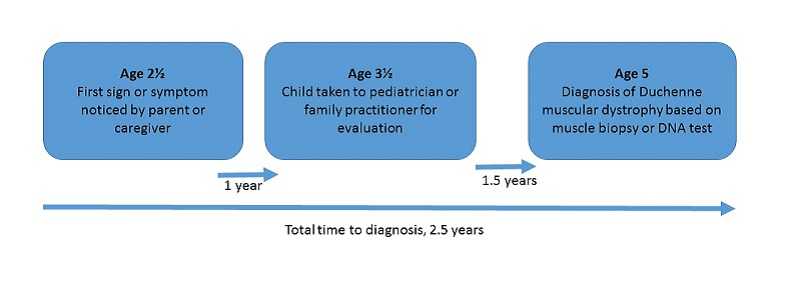New Tool for Parents Helps Address Concerns

A new tool, called Physical Developmental Delays: What to look for, has been created for parents concerned about the physical development of their child.
This tool is designed to reduce the time to finding a diagnosis and getting children with delays in their physical development into services. The tool reinforces that parents know their child best and should trust their instincts. Physical Developmental Delays: What to look for was developed as part of a three-year collaboration between the American Academy of Pediatrics (AAP) and the Centers for Disease Control and Prevention’s (CDC) National Center on Birth Defects and Developmental Disabilities.
Why an Early Diagnosis is Important
The sooner a child with a physical developmental delay gets a diagnosis, the sooner the family can access medical care, early intervention services, and special education resources.
- This new online tool was developed in response to research generated from CDC’s Muscular Dystrophy Surveillance, Tracking, and Research Network. Researchers working on Duchenne muscular dystrophy found an average time of one year from when parents first noticed a sign or symptom of physical developmental delay in their child, to when they took their child to a pediatrician or family practitioner for evaluation.1
- This same study also found an average delay of two and one half years from when parents first noticed the earliest sign or symptom of physical developmental delay in their child to when their child received a definite diagnosis of Duchenne muscular dystrophy.1 This study was based on data from children without a family history of muscular dystrophy.

The more CDC learns about diagnostic delay, the more scientists can help physicians, nurses, and allied health professionals potentially recognize muscular dystrophy at an earlier age. This early recognition can lead to improved and more tailored care for people living with muscular dystrophy so that each person can reach his or her full potential. For families and caregivers, understanding more about muscular dystrophy means having the tools to find and provide the best care for their loved ones.
What you can do
- Partners and policymakers: Help us spread the word by sharing this new tool with your stakeholders.
- Parents: Share the link to Physical Developmental Delays: What to look for with your family, friends, and coworkers. Consider posting to your social media.
- Pediatricians: Reacquaint yourself with the AAP’s Clinical Report on Motor Delay for guidance, referral, and testing recommendations.
Resources
- The American Academy of Pediatrics’ Clinical Report on Motor Delay.
- Early Diagnosis Makes a Difference: A tool for healthcare professionals created by The National Task Force for Early Identification of Childhood Neuromuscular Disorders.
- CDC’s muscular dystrophy homepage.
- CDC’s Learn the Signs. Act Early.: A campaign designed to improve early identification of children with autism and other developmental disabilities.
Reference
- Ciafaloni E, Fox DJ, Pandya S, Westfield CP, Puzhankara S, Romitti PA, Mathews KD, Miller TM, Matthews DJ, Miller LA, Cunniff C, Druschel CM, Moxley RT. Delayed diagnosis in Duchenne muscular dystrophy: data from the Muscular Dystrophy Surveillance, Tracking, and Research Network (MD STARnet). J Pediatr 2009 Sep;155(3):380-5.
- Page last reviewed: January 13, 2017
- Page last updated: February 23, 2016
- Content source:



 ShareCompartir
ShareCompartir